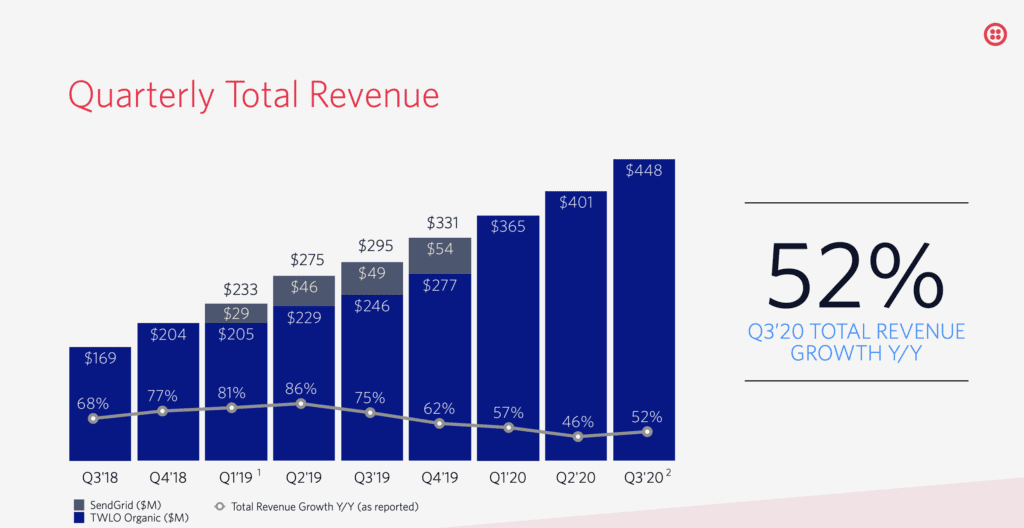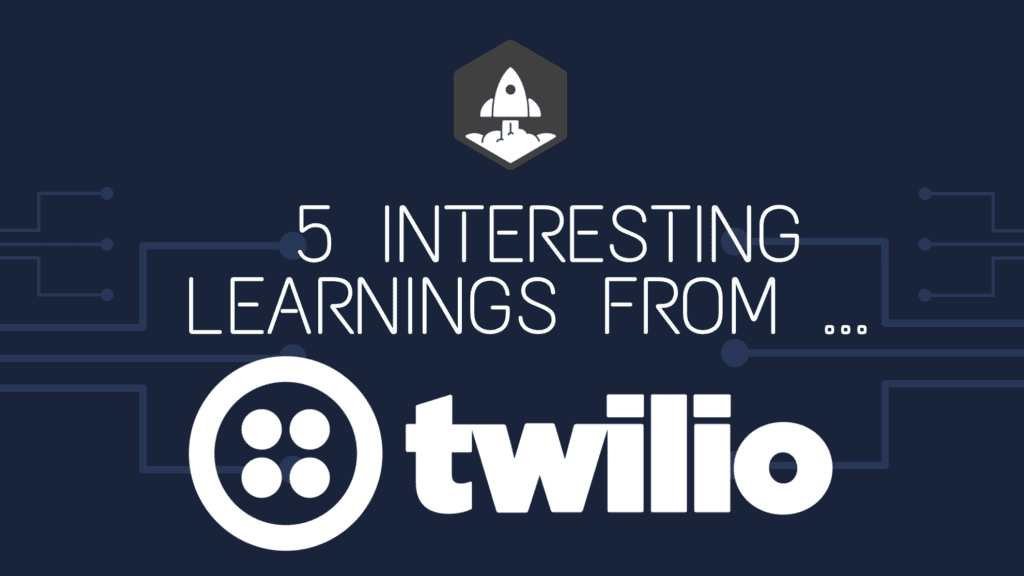
We checked in on Twilio at $1B in ARR, but it’s interesting to check in again at $2B+ in ARR as the engine just hasn’t stopped. Twilio is still growing an epic 53% at $2B in ARR; has diversified its product portfolio further acquiring Segment; and now has a stunning $60B market cap! Up from $3B at IPO!
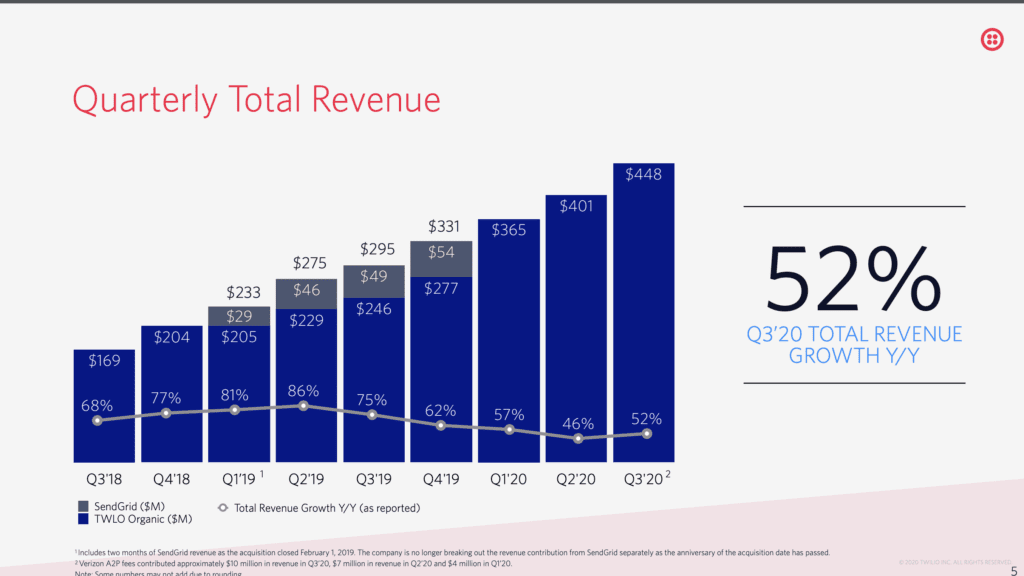
5 Interesting, Updated Learnings:
#1. Dollar-based net retention is still the key to almost all the winners in SaaS and remains at ~140%. Twilio’s NRR hasn’t come down as it’s scaled, and remains at 137% at $2B in ARR — essentially the same as at IPO and at $1B in ARR.
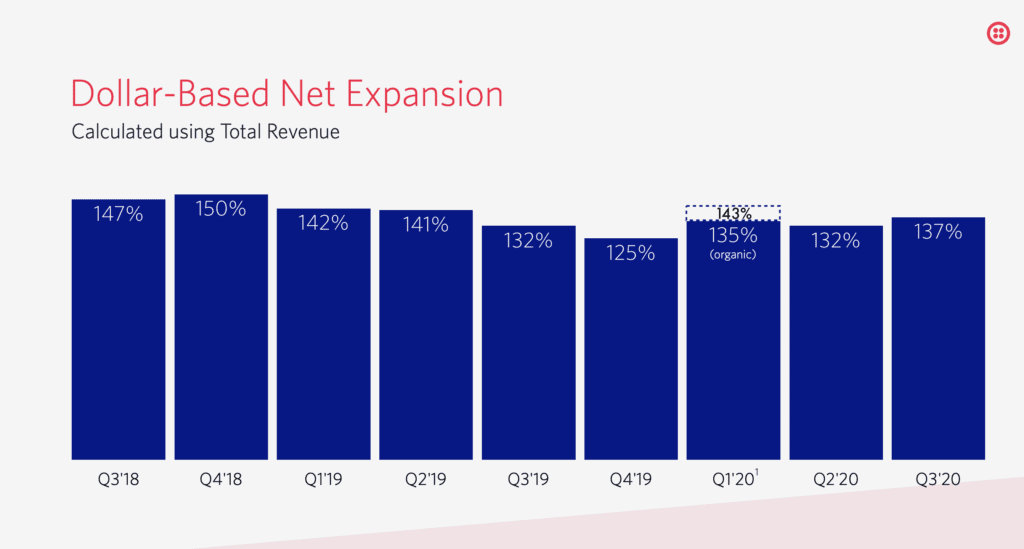
#2. Big customers aren’t increasing as a % of revenue. We’ve seen in this series in the case of many SaaS leaders from Atlassian to Salesforce to Pagerduty to SurveyMonkey that eventually, the bigger customers grow faster than the rest by revenue. But not all. Both Twilio and Zendesk have kept their ratio of large:small customers consistent to $1B in ARR and beyond. A reminder that even as you go upmarket, you don’t have to necessarily leave the smaller customers behind, or treat them as second-class citizens.
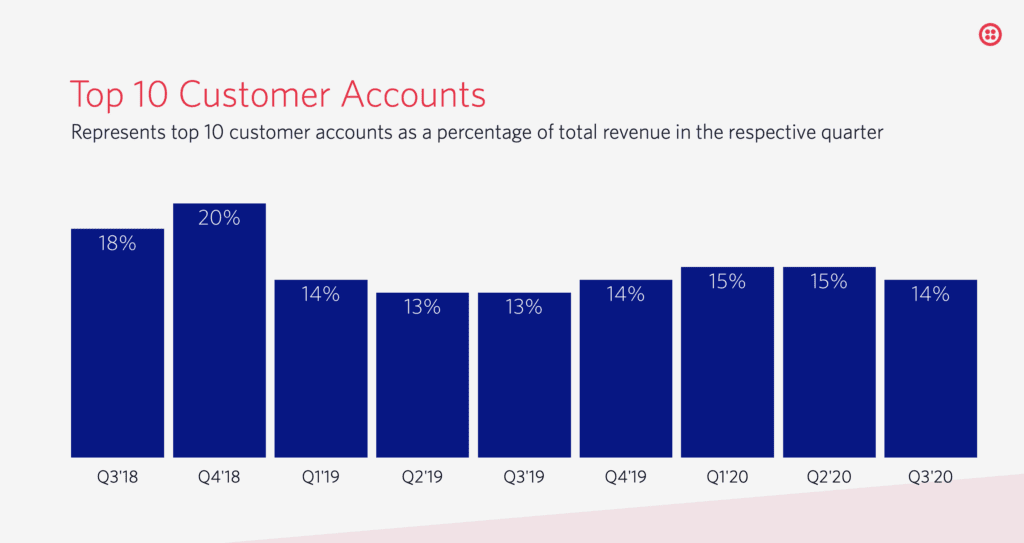
#3. Gross margins remain “in the 50s”. Yes, Twilio is a service with real telecommunications costs. But it’s managed to keep its margins high enough to “still” be a software company at 52% now and 59% at $1B in ARR.
#4. 3,664 employees, or about $550,000 in revenue per employee. That’s pretty efficient, especially with a sales-driven model, and efficiency also has gone up since $1B in ARR.
#5. The “average” customer account is “only” worth about $10,000 or so a year, across ~200,000 customers. Twilio has 208,000 customers now comprising that $2b in ARR, so the average customer only pays about $10,000 or so. That average was brought down by Sendgrid to about $7k at $1B ARR, and now has grown back to $10k. But still, it shows acorns can grow into large accounts. Twilio wins both with huge accounts — and 200,000+ happy $10,000 accounts.
And a reminder — growth isn’t slowing at Twilio. In fact, it picked up steam last year. Much of that is driven by an expansion of the product portfolio — but so what? It shows TAM is what you make of it. You’ll find a way to grow your market deeper and broader. Like Twilio has. And when you do — the sky really is the limit.
